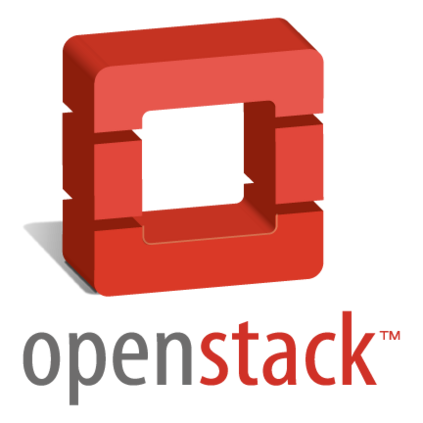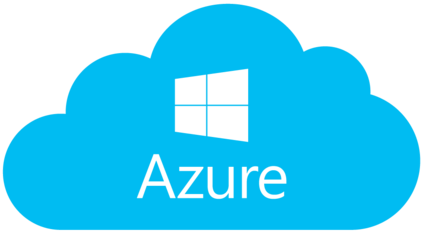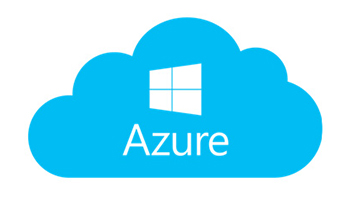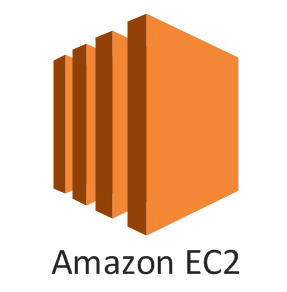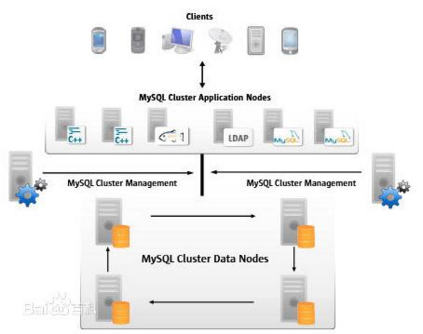A Hybrid cloud is an integration of resources between private and public clouds. It enables users to horizontally scale their on-premises infrastructure up to public clouds in order to improve performance and cut up-front investment cost. This model of applications deployment is called cloud bursting that allows data-intensive applications especially distributed database systems to have the benefit of both private and public clouds. In this work, we present an automated implementation of a hybrid cloud using (i) a robust and zero-cost Linux-based VPN to make a secure connection between private and public clouds, and (ii) Terraform as a software tool to deploy infrastructure resources based on the requirements of hybrid cloud. We also explore performance evaluation of cloud bursting for six modern and distributed database systems on the hybrid cloud spanning over local OpenStack and Microsoft Azure. Our results reveal that MongoDB and MySQL Cluster work efficient in terms of throughput and operations latency if they burst into a public cloud to supply their resources. In contrast, the performance of Cassandra, Riak, Redis, and Couchdb reduces if they significantly leverage their required resources via cloud bursting.
翻译:混合云是私人和公共云层之间的资源整合。 它使用户能够横向地将其空间基础设施扩大到公共云层,以提高性能和削减前期投资成本。 这种应用部署模式被称为云爆发,使数据密集型应用,特别是分布式数据库系统能够同时受益于私人和公共云层。 在这项工作中,我们展示了混合云层的自动实施,使用(一) 一种以林努斯为基础的强力和零成本的VPN,使私人和公共云层之间能够安全连接,以及(二) Terraform,作为一种软件工具,根据混合云的需求部署基础设施资源。我们还探索了六个现代和分布式云层的运行情况评估,覆盖当地 OpenStack 和 Microsoft Azure 的混合云层上六个现代和分布式数据库系统的运行情况。 我们的结果表明,MongoDB和 MySQL 集群如果冲入公共云层以供应资源,在吞吐量和操作上效率很高。 相比之下, Cassandra、 Riak、 Redis 和 Couchdb的绩效如果通过云层大幅利用所需资源,则会降低。




